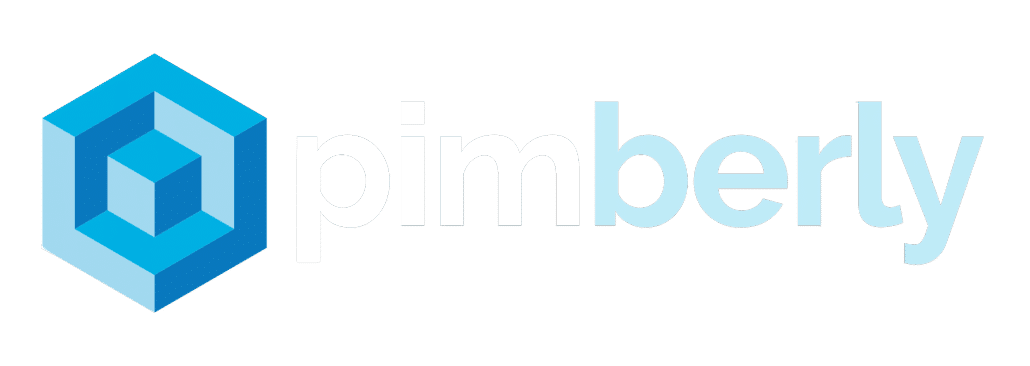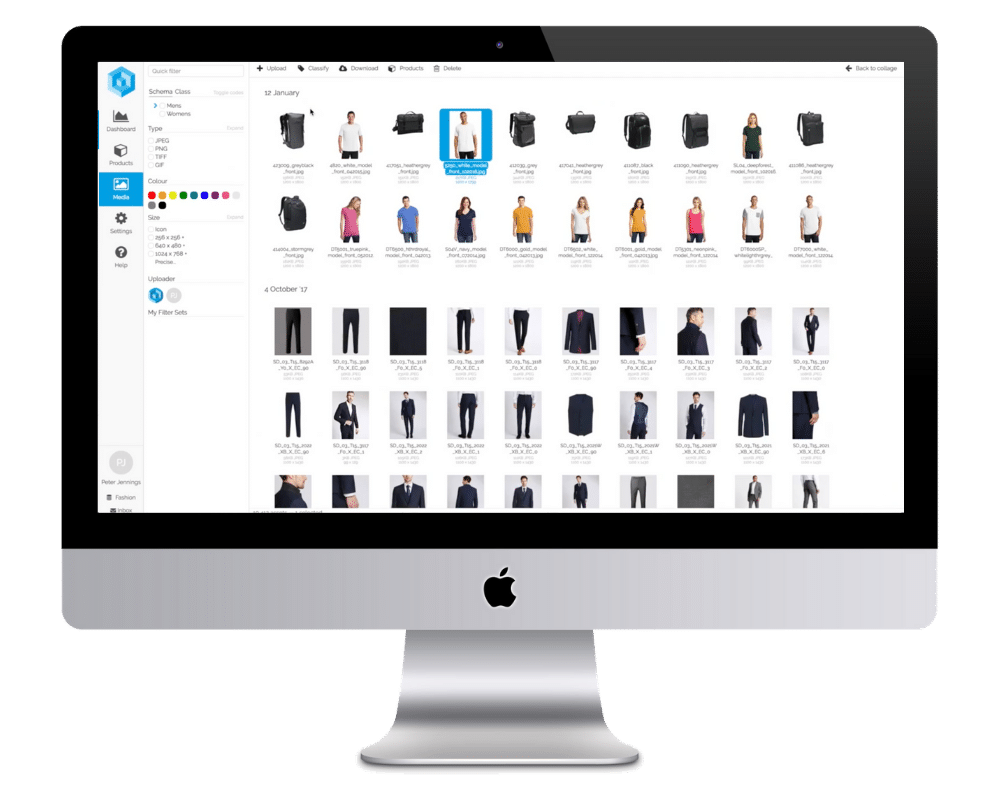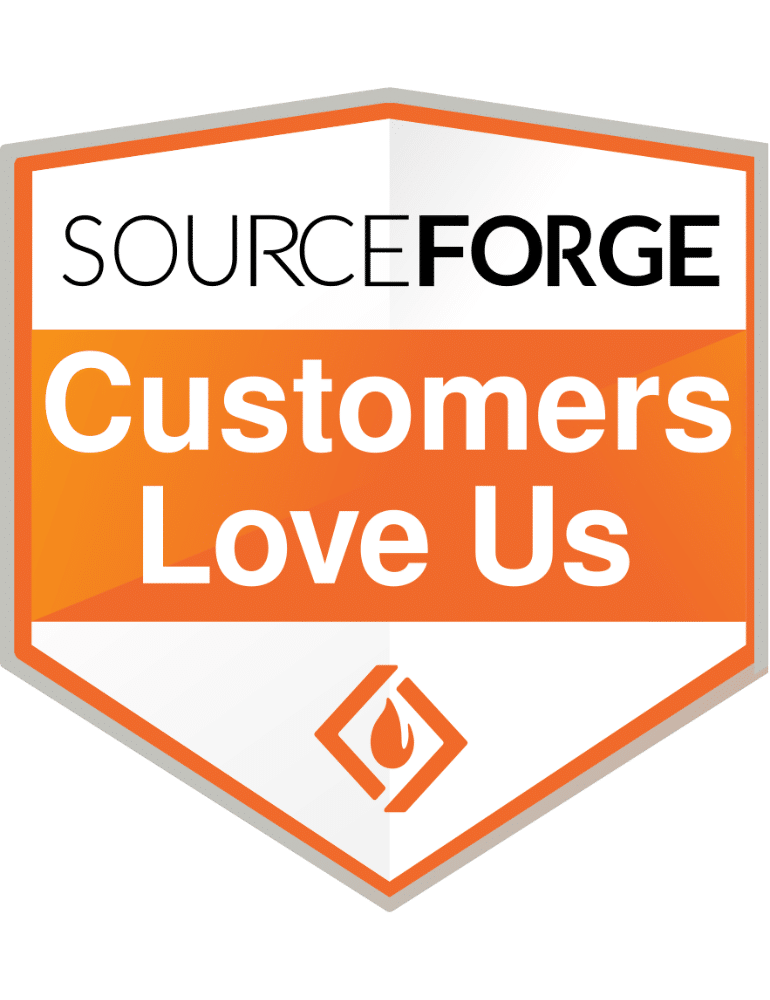Key Takeaways
-
Black Friday and Cyber Monday represent the most lucrative yet competitive period in retail.
-
Optimizing pricing requires smart use of data, automation, and segmentation to protect margins while driving conversions.
-
Centralized product data management through a Product Information Management (PIM) system like Pimberly’s PIM platform ensures accurate, real-time updates across every sales channel.
What Is Black Friday and Cyber Monday Pricing Optimization?
Pricing optimization for Black Friday and Cyber Monday refers to the process of strategically setting discounts and promotions that drive conversions without eroding profitability. It goes beyond simply lowering prices—it involves analyzing customer demand, inventory levels, competitor behavior, and historical data to determine the right discount for each product and channel.
For example, a retailer might offer 30% off sitewide, but behind the scenes, they’re optimizing based on cost margins, sales velocity, and audience segments to ensure the right products are discounted more aggressively than others.
Use Cases
-
Dynamic Pricing Adjustments: Leveraging AI or rule-based systems to update prices in real time as competitors change theirs.

-
Localized Promotions: Adjusting discounts based on geographic demand and regional sales history.
-
Inventory Clearance: Prioritizing overstock items for deeper discounts while maintaining higher prices for in-demand products.
-
Personalized Offers: Creating segmented discounts for loyal customers or first-time shoppers to increase retention.
According to Adobe Analytics, consumers spent over $9.8 billion online on Black Friday 2023 alone—a 7.5% year-over-year increase. With this level of activity, even a small improvement in pricing strategy can have an outsized impact on revenue.
Why It Matters for eCommerce and Retail Leaders
Challenge #1: The Profitability Paradox
Retailers often feel pressured to slash prices during the Black Friday–Cyber Monday period, only to realize their margins have evaporated. Blanket discounts are easy to launch but hard to sustain, especially when shipping costs and returns spike during the holidays.
Solution: Data-Driven Pricing Strategies
Using historical sales data and predictive analytics, brands can identify which products truly influence conversions and which are margin killers. For example:
-
Offer deeper discounts on entry-level products that attract first-time buyers.
-
Keep premium or exclusive SKUs at moderate discounts to protect perceived value.

-
Bundle slow-moving items with bestsellers to boost average order value (AOV).
Retailers using PIM systems can connect product data with performance insights to dynamically adjust promotions across channels—ensuring that every price change aligns with profitability goals and inventory levels.
Challenge #2: Managing Seasonal Discounts Across Multiple Channels
Many brands sell across multiple touchpoints—Shopify, Amazon, BigCommerce, or wholesale portals. The challenge is ensuring that promotional pricing updates everywhere in real time without causing discrepancies that confuse customers or trigger compliance issues.
Solution: Unified Product Data via PIM
A Product Information Management (PIM) platform like Pimberly enables centralized control of product data and pricing. By managing all discount rules in one place, teams can instantly syndicate price updates to every channel at once.
That means fewer errors, faster go-to-market timing, and consistent messaging for your seasonal discount strategy—even when juggling thousands of SKUs during peak season.
Maximizing Sales Surge Without Sacrificing Brand Value
Key Feature #1: Dynamic Discounting with Context
Dynamic pricing doesn’t mean chaotic pricing. The best systems apply data rules that reflect customer behavior, competitor movement, and inventory thresholds. For instance, a brand might automatically reduce the discount on an item that’s selling out quickly or increase the markdown on one that’s underperforming.
By pairing AI-driven dynamic pricing with accurate product data, retailers ensure every discount feels deliberate—not desperate. Customers perceive value, not clearance panic.
Use Case Example:
Imagine a fashion retailer offering “up to 40% off” during Cyber Monday. Using a PIM-integrated pricing tool, the brand can adjust markdowns automatically based on category performance. Outerwear might drop only 15% due to high demand, while last season’s accessories get the full 40%.
The result? A smarter sales surge strategy that drives conversions without tanking profitability.
Black Friday Cyber Monday and PIM: Why Product Information Matters
Every pricing decision depends on one thing: accurate product data. If a product’s attributes, descriptions, or price points are inconsistent across marketplaces, it can lead to customer confusion, lost sales, and even regulatory penalties.
Here’s how PIM systems like Pimberly enhance BFCM readiness:
-
Centralized Data Management: Maintain a single, authoritative source of truth for all product and pricing data.
-
Automated Channel Syndication: Push real-time updates to all connected eCommerce platforms and marketplaces.
-
Bulk Updates: Modify discounts or promotions across thousands of SKUs simultaneously—ideal during time-sensitive Black Friday campaigns.

-
Improved Accuracy and Compliance: Ensure pricing consistency across territories, currencies, and partner networks.
With a strong PIM foundation, eCommerce teams spend less time managing spreadsheets and more time refining their seasonal discount strategy.
The Role of AI and Automation in Peak Season Pricing
AI has made it easier than ever to manage Black Friday and Cyber Monday sales at scale. Tools that use machine learning can forecast demand, identify optimal discount tiers, and even recommend pricing that maximizes both conversion and margin.
For example:
-
Predictive models analyze past holiday performance to suggest discounts that convert most effectively.
-
Automated pricing engines respond to competitor price changes in real time.
-
Image and content optimization tools ensure all assets (like banners and pricing graphics) stay consistent across channels.
When paired with PIM and DAM (Digital Asset Management), automation becomes the foundation for peak season scalability. Brands can plan, launch, and adjust campaigns faster—without sacrificing accuracy or brand integrity.
FAQs
Q: How early should retailers start planning for Black Friday and Cyber Monday?
A: Ideally, planning should start 90 days in advance. This allows time to analyze last year’s performance, update product data, and test automations across channels. By mid-October, pricing strategies should be finalized and queued for deployment.
Q: How can I prevent profit loss from over-discounting?
A: Use segmented discounting and data-driven analysis. Identify products that genuinely need discounts to convert and those that sell well at full price. A PIM solution can help you track and compare performance across different pricing tiers to guide smarter markdowns.
Q: Is it possible to personalize BFCM discounts?
A: Absolutely. With AI and CRM integrations, brands can personalize discounts based on purchase history or loyalty tiers. For instance, first-time buyers might get 10% off, while returning customers receive free shipping or bundled deals.
Takeaways for eCommerce Managers Preparing for BFCM
To summarize, Black Friday and Cyber Monday are no longer just about slashing prices—they’re about strategic pricing management. The most successful retailers will combine automation, AI, and robust product data infrastructure to deliver timely, consistent, and profitable promotions.
What this means for you:
-
Start early. Analyze data, forecast demand, and prepare content by October.
-
Use PIM for control. Centralize pricing and product information to eliminate errors during fast-paced sales.
-
Leverage automation. Deploy rules-based discounts that protect your margins while maximizing conversions.
With these strategies in place—and the right technology stack—your team can approach Black Friday and Cyber Monday not as a high-risk frenzy, but as a predictable, data-driven revenue event.













